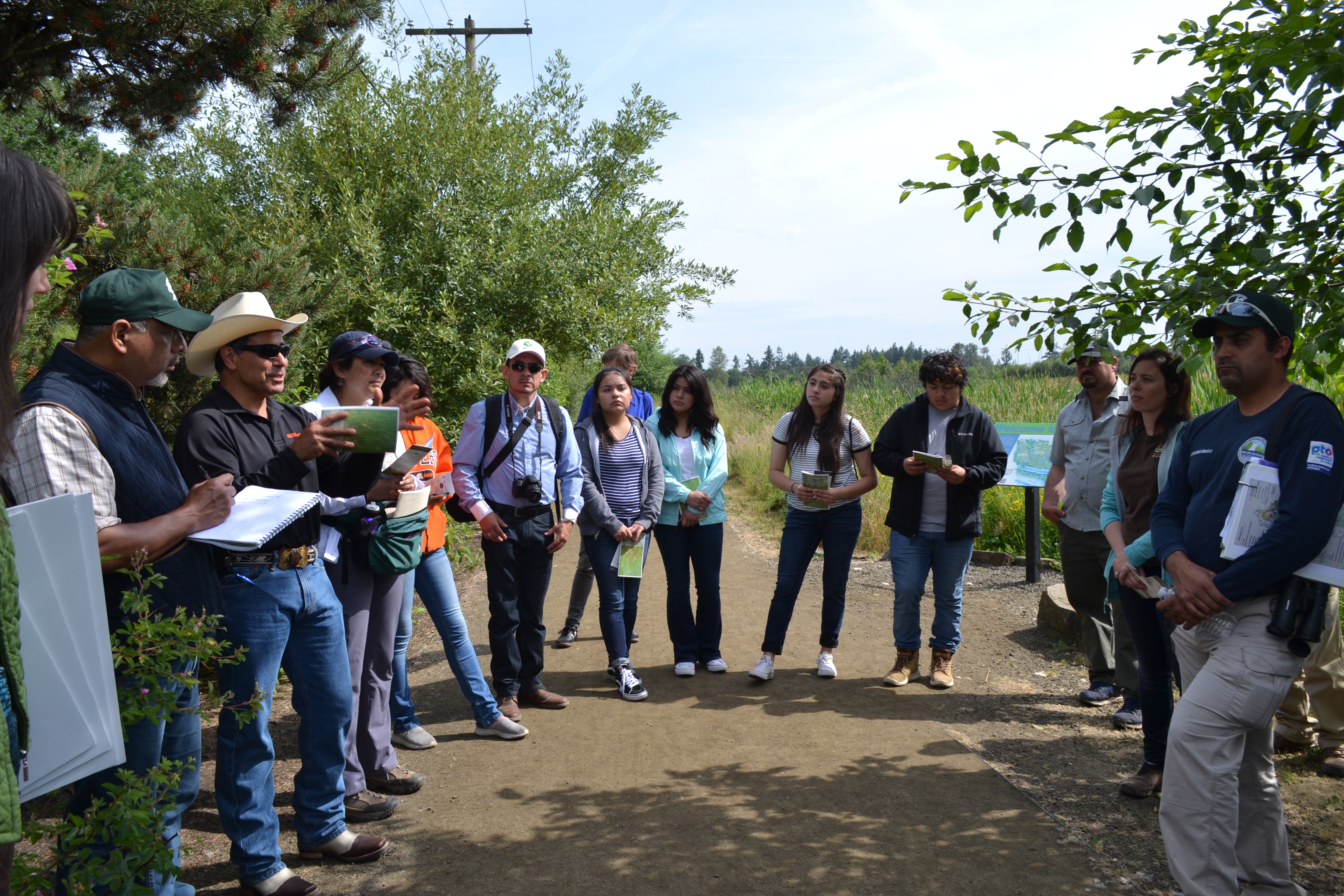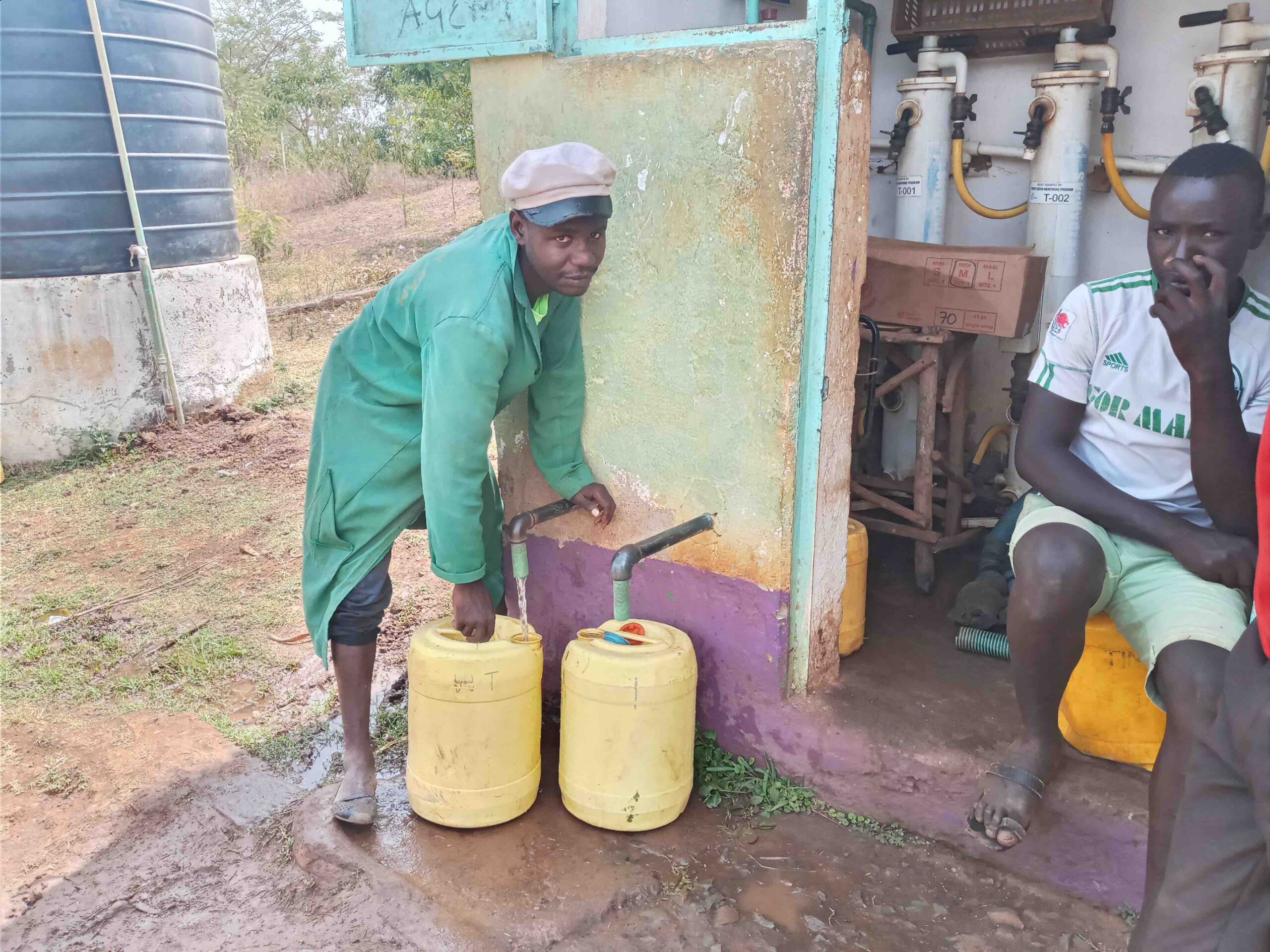Willamette River, USA and Rio Laja, Mexico
The Willamette River Initiative (WRI), located in Western Oregon selected the Laja basin, located in the state of Guanajuato in Central Mexico, for a twinning partner because of similar policy and watershed issues such as sand and gravel extraction in riverside environments, wetland destruction, and water quality degradation. The most significant factor in this partnership is the cross-cultural connection between communities considering the Willamette’s own Mexican immigrant population. The partnership’s cultural nexus is important considering the large migrant work force in the Willamette’s native plant nurseries, contracted forestry and riparian planting companies. The twinning project has sparked new partnerships in the Willamette including organizations with Latino socioeconomic assistance and youth education programs.
Since 2016 the twinning partnership has engaged in a half-dozen exchanges including practitioner peer-to-peer learning, partnership planning sessions, sharing experience at international forums, and in support of the development of a “Laja Initiative” aided by GIS analysis for a unified conservation strategy. Importantly, recent partner analysis of multi-decadal data collection in both basins has demonstrated shared migratory bird habitats and species, thereby creating a platform for partnership in continued monitoring, community engagement, and further habitat restoration. The Laja-Willamette partnership formed a stakeholder group focused specifically on shared migratory bird species and explores mutual issues of habitat and water quality degradation. Stakeholders include representatives from NGO’s in Mexico, the State Institute of Ecology in Guanajuato, universities including Brandais and Oregon State, United States Fish and Wildlife Service, Bonneville Environmental Foundation, and Meyer Memorial Trust. Several additional NGO’s in the Willamette and Laja basins are hoping to link activities based on shared migratory birds
The team intends to coordinate technical training for local rural Laja communities to create “technical promoters and citizen science” to support community-based restoration and monitoring, a model that can be transferred for outreach to Willamette Latino communities. Secondly, the partnership hopes to develop joint youth watershed education program elements based on migratory bird monitoring. Lastly, the team intends to create an advanced framework for monitoring species and their habitats and determining river restoration effectiveness, with a focus of implementation in the Laja with technical support from the Willamette partners. Both basins will continue to identify strategic riparian, wetland and oak restoration projects that have multi-species benefits.

















